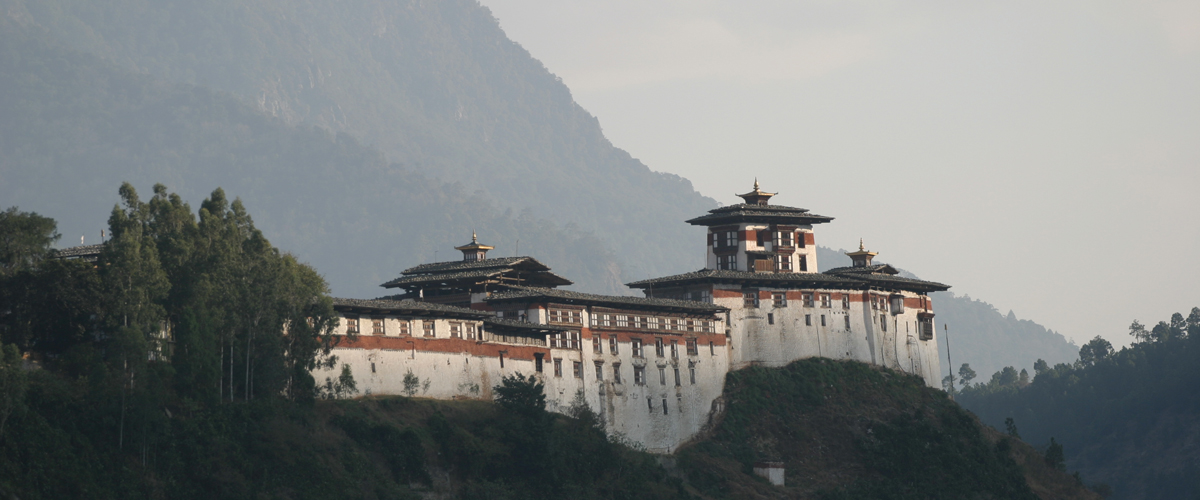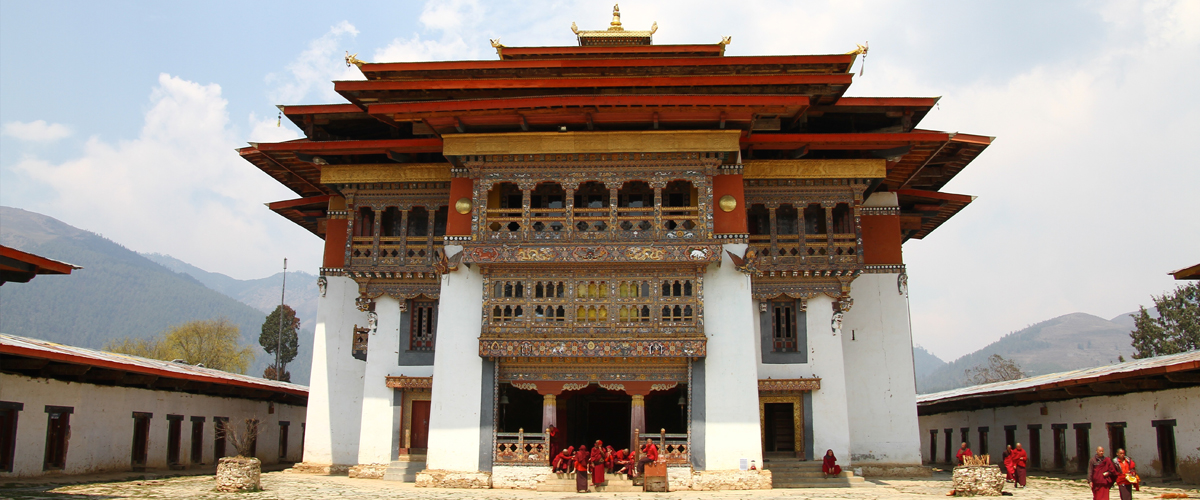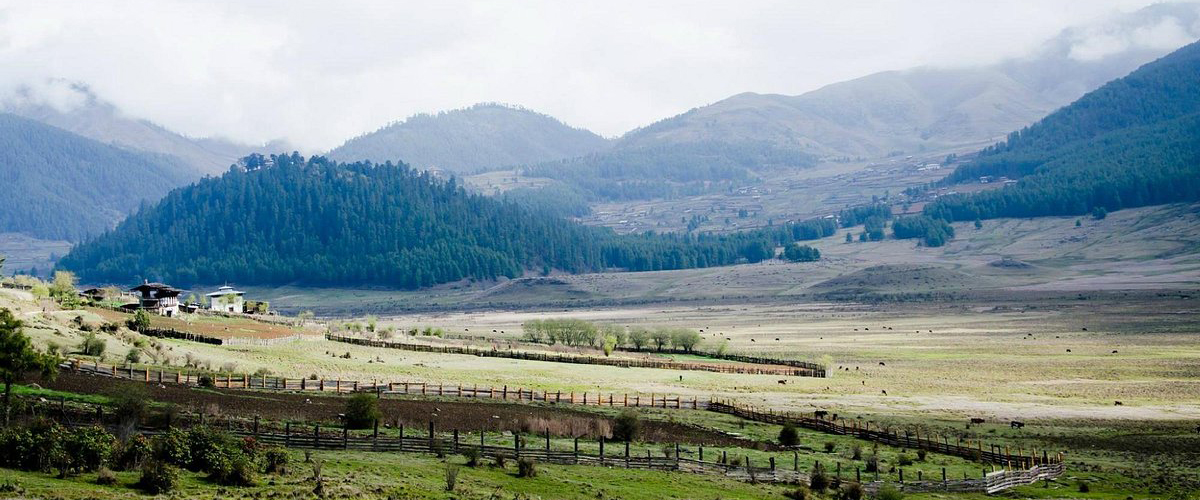Wangdue Phodrang (1,273 m)
Wangdue Phodrang is the last town on the highway before entering central Bhutan, situated 76 km from Thimphu. Though the town is little more than an enlarged village, it is a significant waypoint and features prominently on travel routes. The town's most visible and major tourist attraction is the Wangdue Phodrang Dzong, built in 1638 by the 1st Shabdrung. Both the town and the Dzong share the same name, which is believed to have been given by the Shabdrung himself.
1. Wanduephodrang Dzong:

Wangduephodrang Dzong, constructed by Zhabdrung Ngawang Namgyel in 1643, is a historic fortress situated at the confluence of the Dangchhu and Punatsangchhu rivers. Serving as an important administrative center, it connects the eastern and western regions of Bhutan. The dzong housed some of the country's most sacred relics and was known for its unique architectural style, featuring three doorways, three courtyards, and 14 temples.
On 24th June 2012, a devastating fire gutted the fortress. Under the Royal Command of His Majesty the King, reconstruction efforts began to restore the dzong to its former glory. The newly rebuilt Wangduephodrang Dzong was consecrated on 11th November 2022, continuing its legacy as a vital cultural and administrative hub.
2. Gangtey Goenpa:

Gangtey Goenpa, also known as Gangtey Monastery, is a prominent Buddhist monastery located in the Phobjikha Valley in central Bhutan. Established in the early 17th century by Gyalse Pema Thinley, the grandson of the renowned Bhutanese saint Pema Lingpa, the monastery is affiliated with the Nyingma school of Tibetan Buddhism. Gangtey Goenpa is renowned for its stunning architecture, scenic setting, and as a center for spiritual learning and practice. The monastery also holds a significant place in Bhutanese culture and tradition, hosting the annual Black-Necked Crane Festival, which celebrates the return of these rare birds to the valley.
3. Black-necked crane information centre:
The Crane Information Center of the Royal Society for the Protection of Nature (RSPN) provides extensive information about the endangered black-necked crane and its rich environment in Phobjikha Valley. The black-necked crane, commonly known as "thrung thrung karm," holds a sacred place in Bhutanese culture, often featured in folklore, dances, and historical texts. The Crane Festival, organized by the local communities in Phobjikha, highlights the importance of these birds to the local people.
The best time to visit Gangtey is during the winter months, especially in November, when the Black-necked Crane Festival is held at the courtyard of Gangtey Goenpa, featuring local songs and masked dances to celebrate the arrival of the black-necked cranes.
4. Phobjikha valley:
 © Image: https://www.tripadvisor.com
© Image: https://www.tripadvisor.com
A few kilometers beyond the monastery, on the valley floor, lies the village of Phobjikha. This cup-shaped valley, at an altitude of 3000 meters, is where black-necked cranes migrate from Tibet and is known for its conservation efforts. About 800 households lived here without electricity to protect the cranes. The valley exemplifies harmonious co-existence and is now like a living museum, earning global praise. An underground electrification system has been installed to preserve the crane habitat.